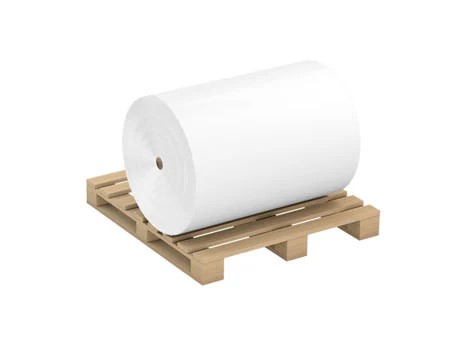
What is the specific difference between direct thermal and thermal transfer? Here is a detailed explanation.
Regarding the shelf life of labels, we have recently received the following feedback from users:
Why do some labels become blurred after a few months, while others remain clear after several years?
Why do some labels fade after exposure to the sun, whereas others remain as clear as ever when placed outdoors in the sun and rain?
Why do some labels fade after being stained with alcohol and other chemicals, whereas others are not affected after being sprayed with alcohol?
Perhaps many partners think that this is caused by the quality of label consumables, but in fact, these differences are also inseparable from the printing method of labels. Regarding label printing, the two most common printing methods on the market are thermal and thermal transfer. Although there is no obvious difference in appearance, there are significant differences in the working principles, printing effects, media applicability, and cost requirements.
Small labels, big differences. If you encounter such a situation in the future, the problem may not be with the label paper, but it may be that the type of label machine is wrong. Today, I will introduce you to the details of thermal and thermal transfer printing~
Thermal VS thermal transfer, quickly take you to understand the difference between the two types of printing:
Technical principle
Thermal printing: mainly by heating the print head and contacting the chemically treated thermal media label to print the required pattern. Thermal label printers do not require any ink, toner, or ribbon when in use, and the cost of use is relatively low.
Thermal transfer printing: mainly through the print head to heat the ribbon, the ink is transferred to the label material to form a pattern. Thermal transfer label printers require ribbons, and the technical requirements for label paper are higher than those for thermal paper; therefore, there is a large gap in overall cost.
Compatible consumables
Thermal printing: only thermal paper can be used
Thermal transfer printingthe following: more media can be accepted, including PP synthetic paper, PVC, PET, and other materials
Storage time
Thermal printing labels: sensitive to heat, light, chemical solvents, and wear. After long-term storage in a daily environment, the pattern will fade over time. The storage time of ordinary thermal label printing content on the market is generally a few months. The thermal label paper we sell uses a multilayer lamination process and can generally be stored for 1-2 years (the specific duration is determined by the actual use environment factors).
Thermal transfer printing labels: can provide pattern quality and durability that other printing technologies cannot. Compared with thermal printing, the storage time is longer, generally about 5 years. The specific time is affected by the quality of the label paper and the carbon ribbon. The thermal transfer labels we sell use high-quality resin-based carbon ribbons, which can generally be stored for 8-10 years.
Usage scenarios
Thermal printing: suitable for industries such as home, catering, supermarket retail, clothing, logistics, etc., where the label logo is updated frequently and the barcode requirements are not high.
Thermal transfer printing: Applicable to many industries such as manufacturing, automotive, power communications, medical, textile, chemical, pharmaceutical, retail distribution, transportation and logistics, and government agencies.
The above are the main differences between thermal transfer and thermal printing.
To summarize:
Both thermal printing and thermal transfer printing have their own advantages and characteristics. The operating environment determines the durability of the label and the conditions it must withstand. If most of your labels are used in an indoor environment at room temperature and the storage time is not high, then thermal printing is definitely a very cost-effective choice. If your labels need to be stored for a long time or are exposed to sunlight, chemicals, and other harsh conditions, thermal transfer can provide better performance. In addition, compared with thermal printing, thermal transfer printing solutions can accept a wider range of label consumable customizations and have a wider range of uses.
Therefore, when buying a label printer, you still have to choose according to your own needs to avoid inconvenience and trouble caused by improper selection.




 English
English  中文
中文  한국어
한국어  français
français  Deutsch
Deutsch  Español
Español  italiano
italiano  русский
русский  português
português  العربية
العربية  Polska
Polska  Indonesia
Indonesia 


